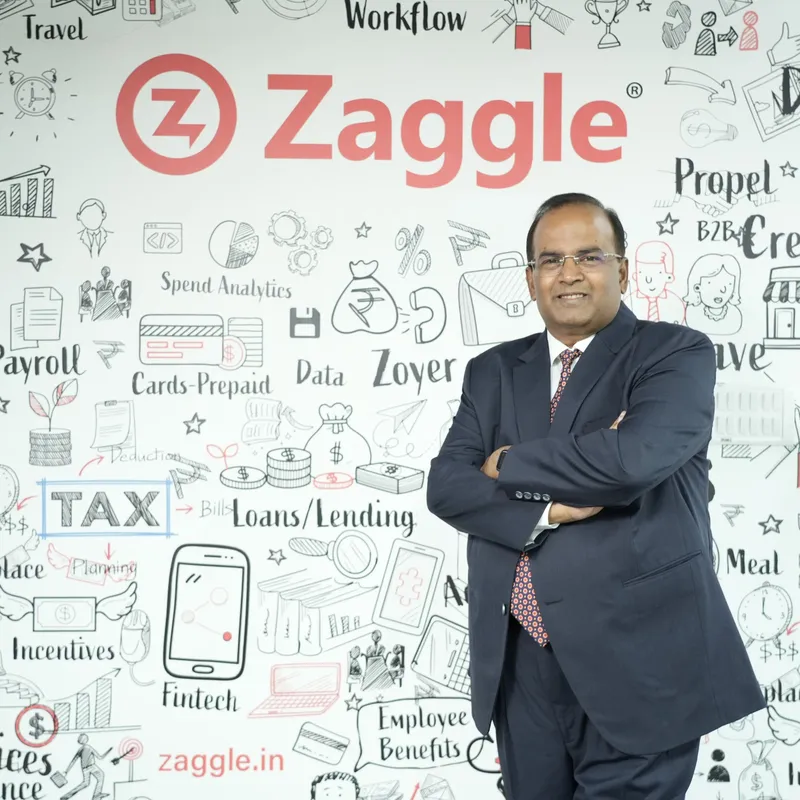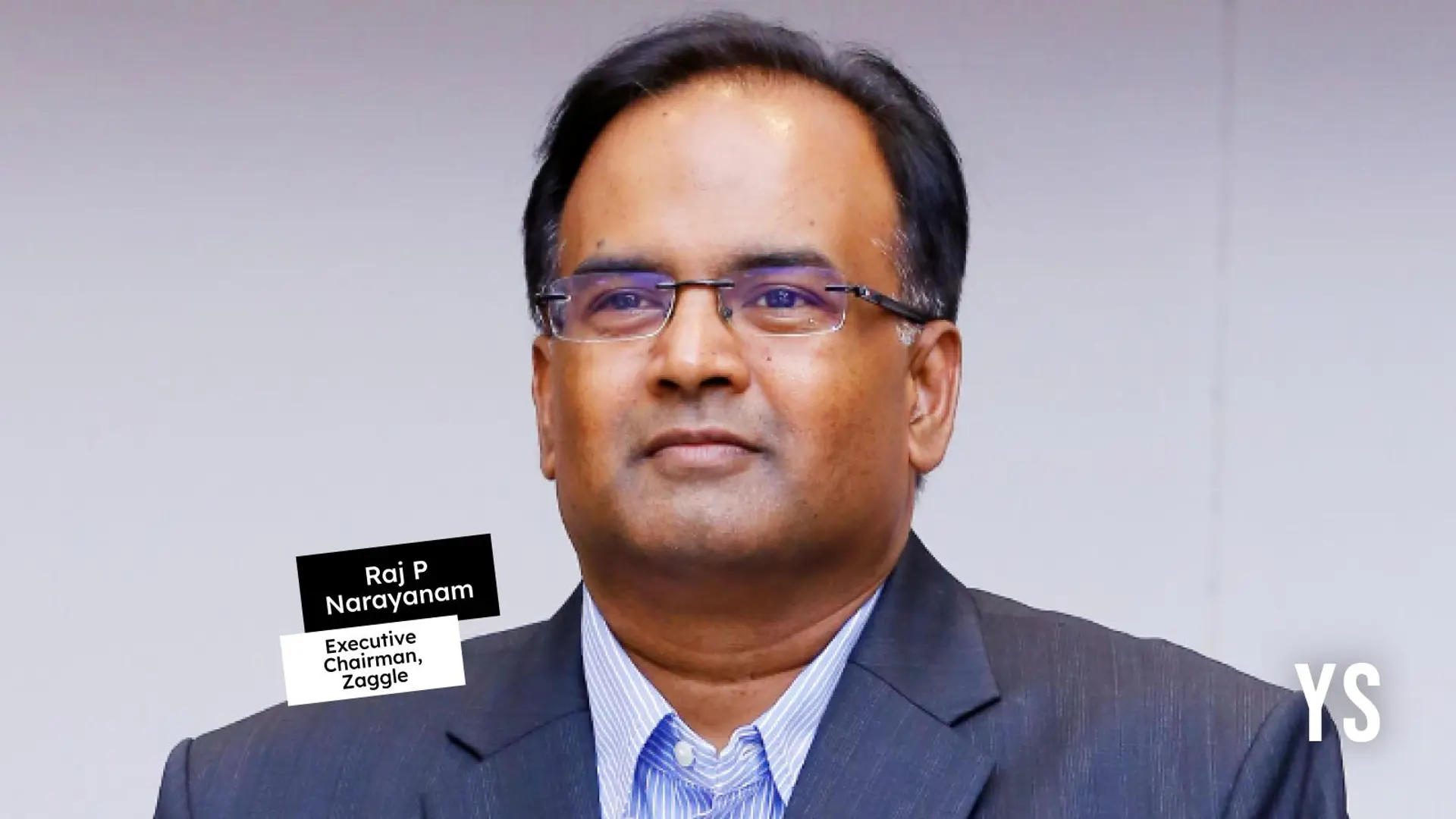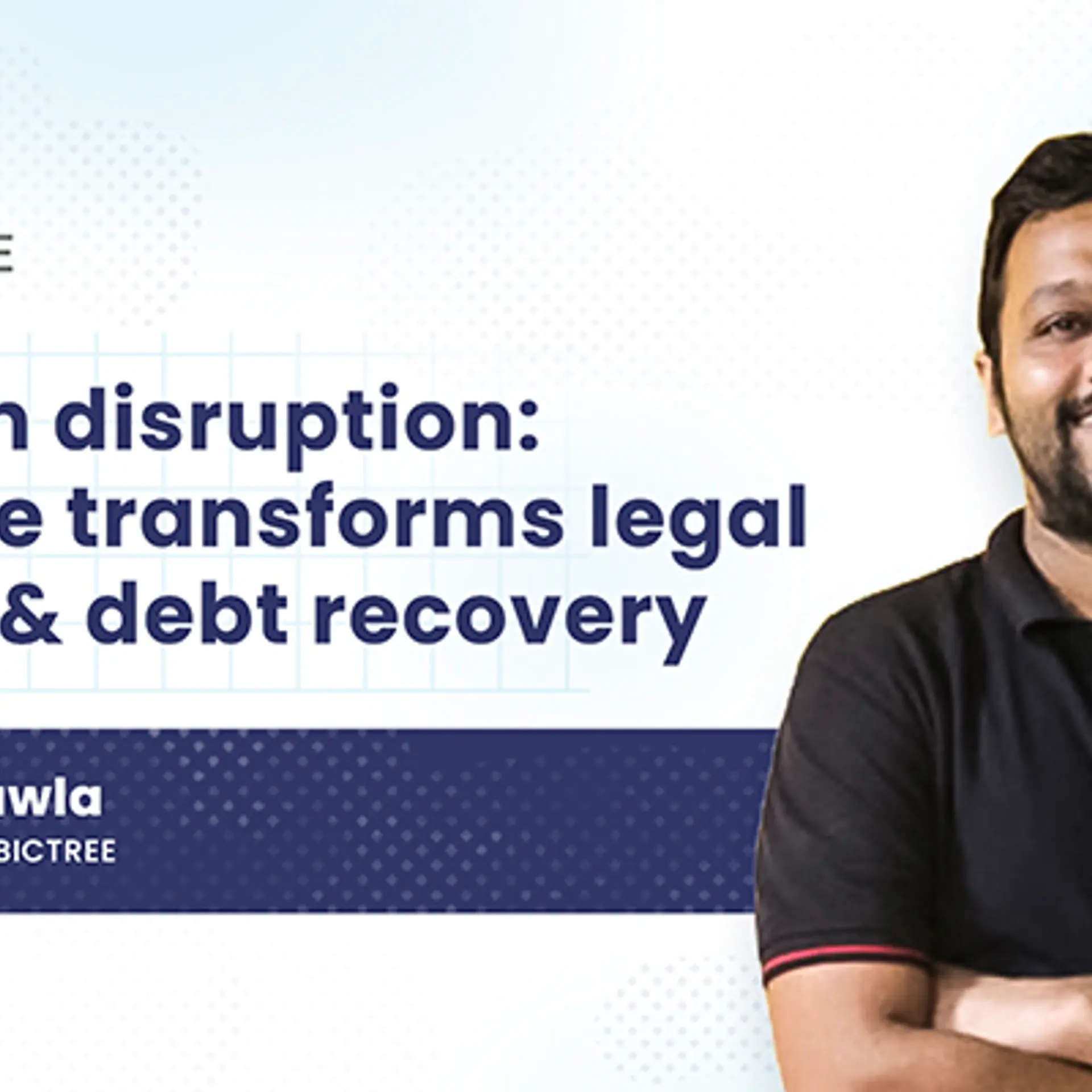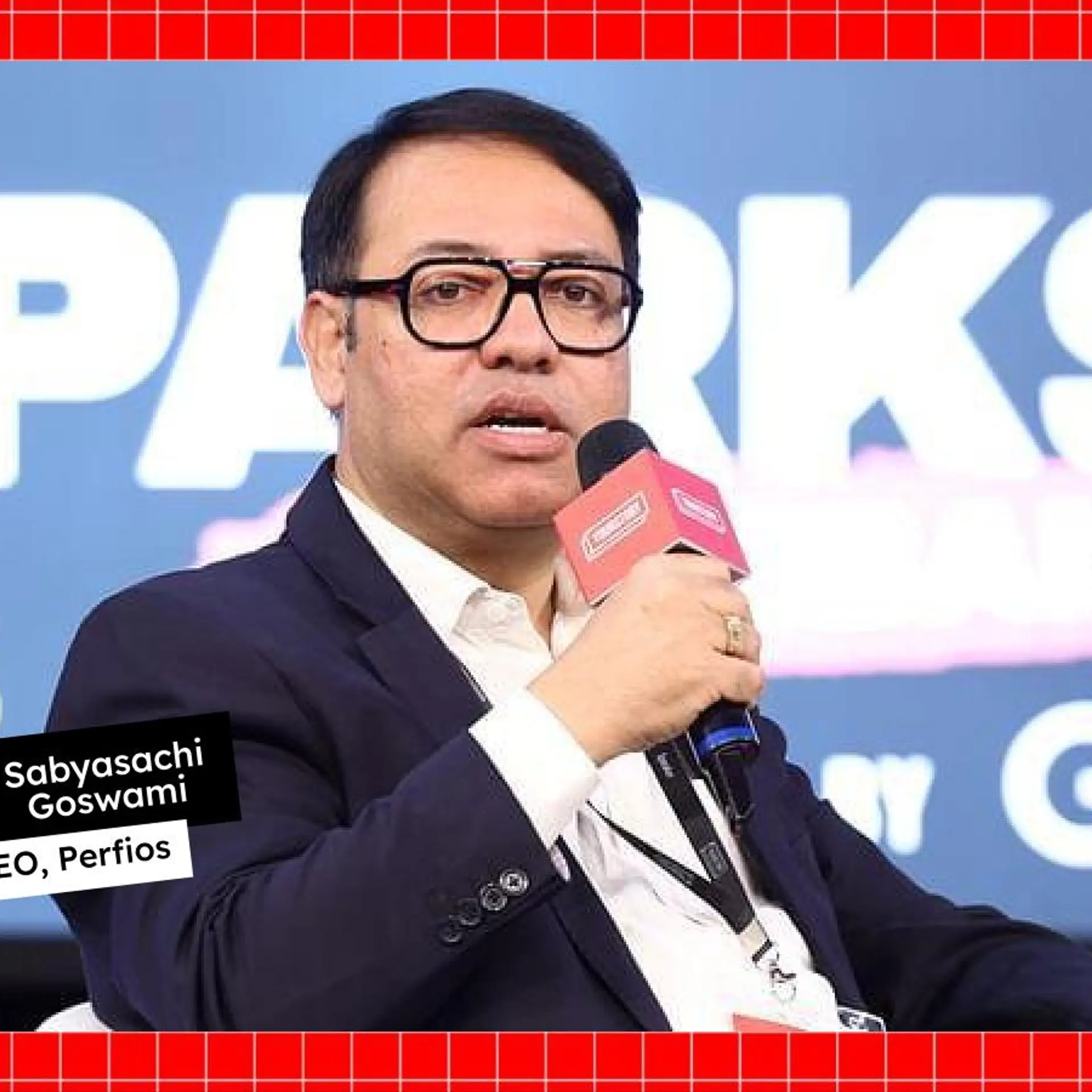Scaling Zaggle: Founder Raj Narayanam’s game plan for growth via acquisitions, automation
Raj Narayanam shares how B2B SaaS startup Zaggle is leveraging AI, high-margin SaaS, and strategic acquisitions to scale its fintech platform beyond expense management.
When he's not steering B2B SaaS fintech giant Zaggle to new heights, Founder Raj Narayanam indulges in a different kind of treasure hunt—collecting sports memorabilia.
Step into his office, and you'll find it decked with artifacts celebrating legendary athletes and unforgettable moments in sports, turning his workspace into a mini hall of fame.

Raj Narayanam started career at PwC in the USA in the late nineties and eventually taking Zaggle public with an IPO in 2023 that was oversubscribed by over 13 times.
Among his most prized possessions are a racing helmet signed by Formula 1 legend Lewis Hamilton, a football autographed by Diego Maradona, and a cricket bat bearing the signatures of Sunil Gavaskar and Allan Border.
“These pieces aren’t just collectibles; they represent milestones in sports that inspire me,” Narayanam tells YourStory amid revealing his plans for scaling Zaggle.
The Hyderabad-headquartered startup, which helps businesses manage and pay for recurring expenses, is hoping to reach milestones of its own.
The company, founded in 2011 by Narayanam, went public in September 2023. The price band was set at Rs 156–164 per share, and the company listed on both the NSE and BSE. At the time of writing this article, the shares were trading at around Rs 327.90.
With a freshly raised war chest of over Rs 595 crore from a recent qualified institutional placement (QIP), the company is targeting three acquisitions, expanding into underserved merchant ecosystems. It is also deploying AI to streamline operations for India’s vast enterprise and gig workforce.
Narayanam has steered the company towards IPO and beyond by making bets in untapped segments.
While the founder, owing to regulatory norms, couldn't reveal which startups it plans to buy, he did reveal what the company hopes to achieve with the recent and upcoming acquisitions.
Unlocking trapped value in India’s gig economy
India will have about 2.35 crore gig workers by 2029-2030, according to this year's Economic Survey.
A major catalyst for Zaggle’s expansion is its focus on this gig economy, where millions of delivery workers and independent contractors frequently leave unclaimed tax deductions on the table.
Through its acquisition of TaxSpanner in September 2024 for Rs 32 crore, Zaggle is developing a platform that will automatically file tax returns for gig workers, who often don't have the know-how or the resources to file it themselves.
The company says it can unlock Rs 30,000 to Rs 40,000 per year per worker in unclaimed refunds.
For gig workers in food delivery, logistics, and e-commerce, getting back unclaimed tax deductions means extra cash for daily expenses, paying off debt, or saving up. For employers, or Zaggle's clients, it helps keep workers around longer by offering real financial benefits, Narayanam said.
Expense management refers to the systems and processes businesses use to track, analyse, and control employee-initiated spending, including travel, procurement, and reimbursements.
It involves automating workflows, enforcing spending policies, and integrating with accounting/financial systems to reduce errors and fraud.
For expense management, most companies use manual processes where office administrators and accountants track spends on spreadsheets. Another way is to rely on corporate credit cards provided by banking partners.
For example, a retailer with hundreds of stores can use Zaggle’s dashboard to monitor spending across locations, set limits, and automate payments. This, Narayanam says, prevents missed bills, improves budget accuracy, and reduces manual work.
The company is also actively exploring FASTag-based transit payments, another untapped segment where software and payments intersect.
Given its strength as India’s top issuer of prepaid cards in partnership with banks, Narayanam sees transit as a natural extension. It is in talks with companies that already have these solutions and plans to make acquisitions soon.
Zaggle says it automates expense management by reducing manual processes in reporting, approvals, and reconciliation through SaaS tools and prepaid cards, minimising errors by 60-70%.
It enforces policy compliance with customisable workflows, blocking non-compliant transactions in real time.
Prepaid corporate cards eliminate reimbursement delays, while real-time dashboards provide visibility into spending patterns across departments, geographies, and vendors.
Growth metrics
Zaggle reported strong Q3 FY25 results, with revenue surging 68.86% year-on-year (YoY) on the back of an increase in the programme fee and gift cards.
The company’s net profit stood at Rs 19.74 crore in Q3 FY25, up almost 30% from Rs 15.22 crore in the year-ago quarter. However, a sequential drop of 2.71% in profit after tax has jolted its shares down by over 30% amid wider market selloffs.
The lower margin in Q3 was due to increased depreciation costs from the company's move to a larger office in Hyderabad, the company clarified.
Zaggle’s business is built on a foundation of high-margin segments, with interchange fees—earned when its prepaid or corporate cards are swiped at merchant locations—standing out as its most profitable vertical.
“Our programme fee model, which generates revenue from interchange, is our highest-margin business, with gross margins of 94-95%,” Narayanam says.
The company also generates significant margins from SaaS solutions, such as its expense management and accounts payable platforms.
These solutions, priced on a per-user, per-report, or per-transaction basis, also yield margins of over 90%. However, Zaggle’s voucher business, which involves buying and selling gift cards, operates on a lower margin of 7-10%.
“Our focus on high-margin offerings ensures we’re not just growing but doing so profitably,” Narayanam explained.
“With fierce competition in the delivery space, riders switch companies every few months, leaving tax deductions trapped in suspense accounts," Narayanam says.
"Our goal is to help enterprises file returns on behalf of these workers, ensuring they get their due refunds and creating a loyalty hook that reduces attrition. If a delivery executive can save Rs 30,000 annually through our system, they are more likely to stay with their employer,” he adds.
Expanding into merchant ecosystems
Zaggle’s expansion isn’t just limited to employees as it is also looking to capture the merchant ecosystem. One of its planned acquisitions involves a company that powers gift card and loyalty solutions for hundreds of brands across several lakh retail outlets.
“This acquisition will help us enter the merchant network and cross-sell our expense management and accounts payable solutions,” Narayanam says. “The company we’re acquiring generates Rs 80-200 crore ($21.6-$24 million) in revenue and contributes Rs 45-50 crore ($5.4-$6 million) in EBITDA.” Zaggle declined to disclose the name of the company.
The move is a logical next step for Zaggle, which has so far focused primarily on corporate clients. "Merchants, in many ways, are also enterprises,” Narayanam notes. “We see this as a strategic extension of our B2B focus."
So what pushes Narayanam to scale Zaggle?
The answer probably lies in Narayanam’s sports collection, which also includes merchandise signed by tennis great Rafael Nadal and football superstar Lionel Messi.
“I’m not much of a sportsman myself,” he admits, “but I enjoy preserving these moments of excellence. They remind me to aim for greatness in my own journey.”
Edited by Affirunisa Kankudti








